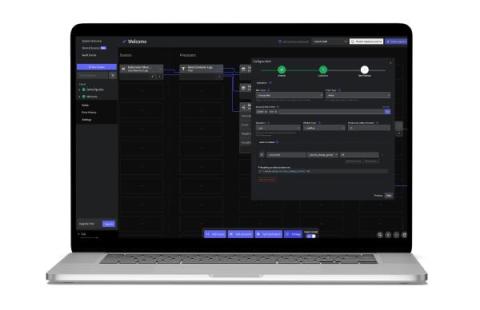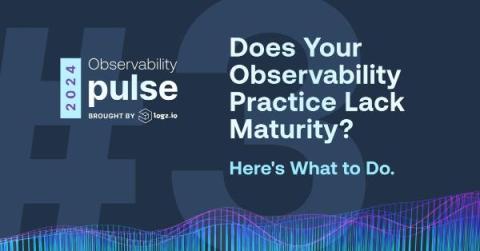Culturally intelligent tech: Enhancing emotion recognition worldwide
In a time when technology permeates every aspect of our lives, the advancement of AI emotion recognition presents both opportunities and difficulties. Tech developers encounter a great deal of difficulty when negotiating the wide cultural variations in emotional expression and perception. It is essential to comprehend and take into account these differences to develop inclusive and efficient emotion recognition systems.











